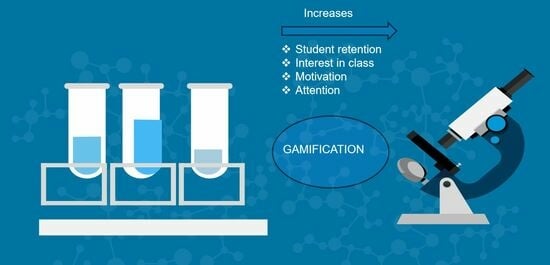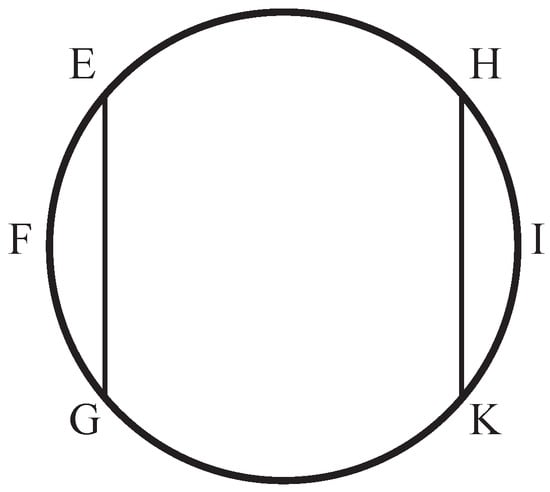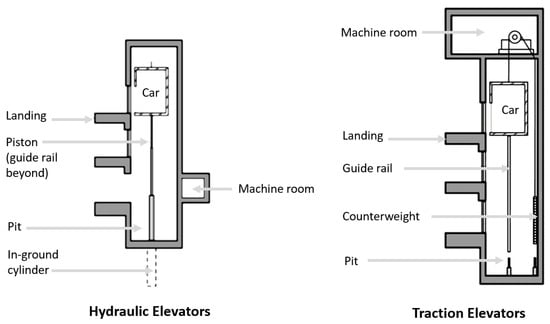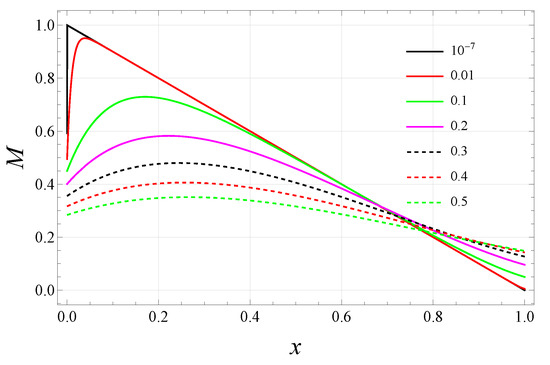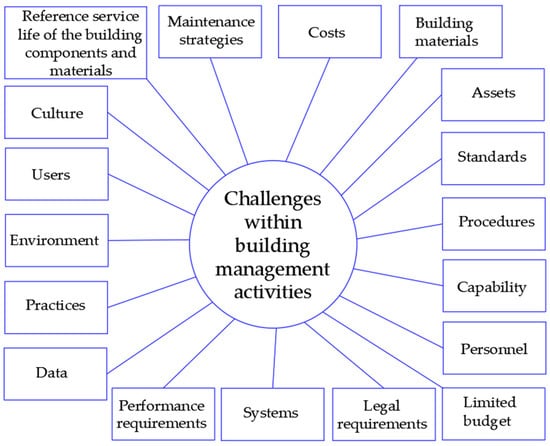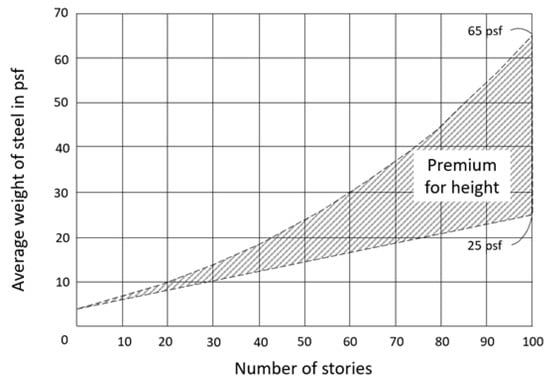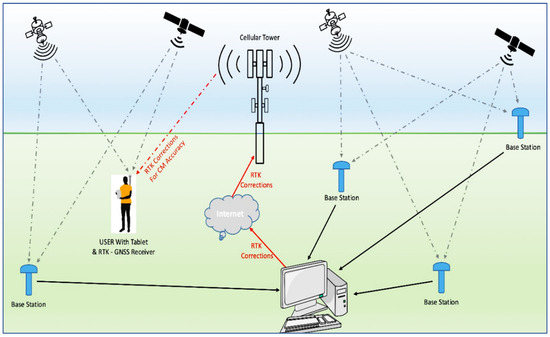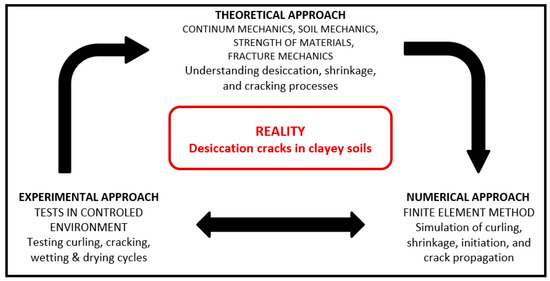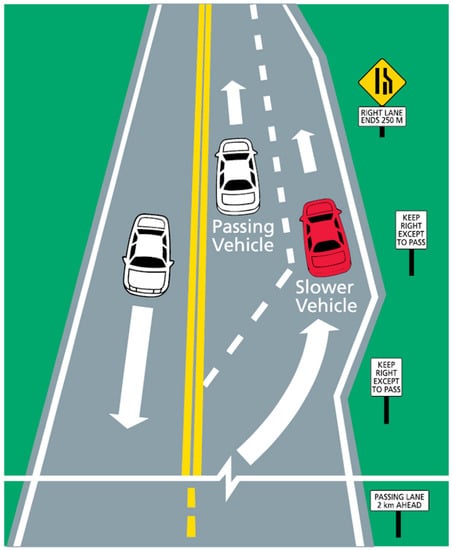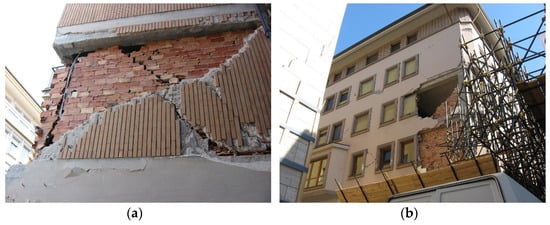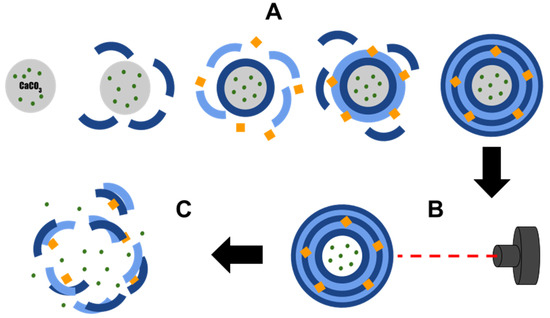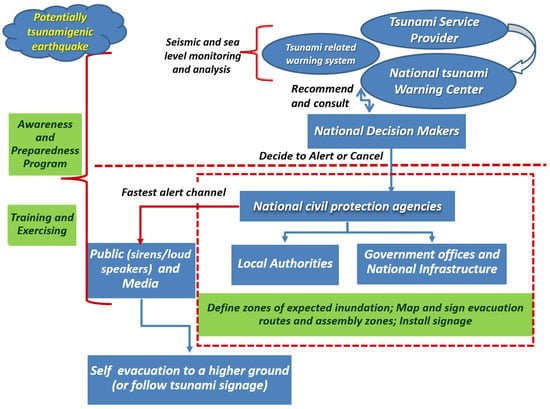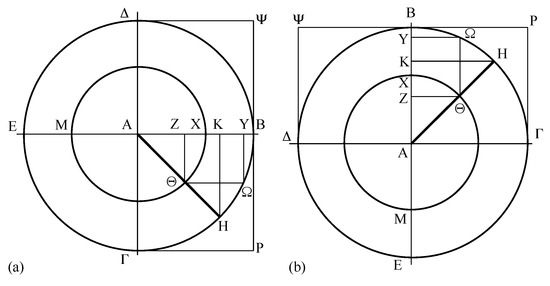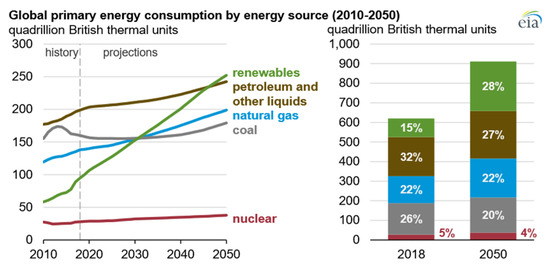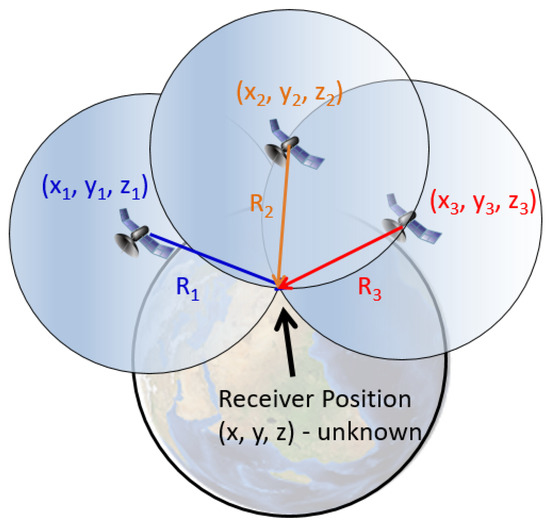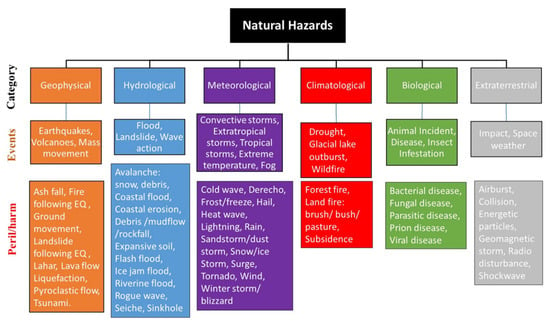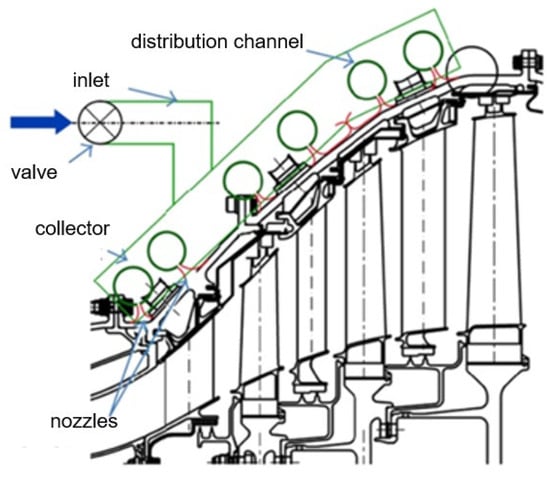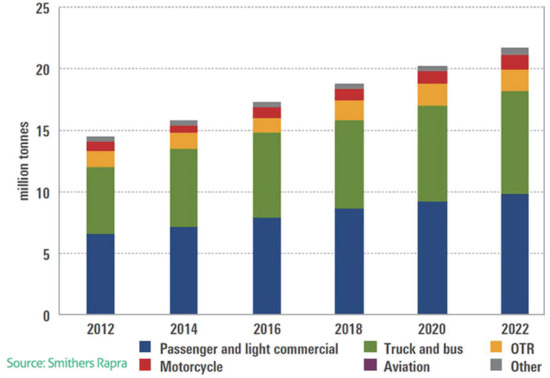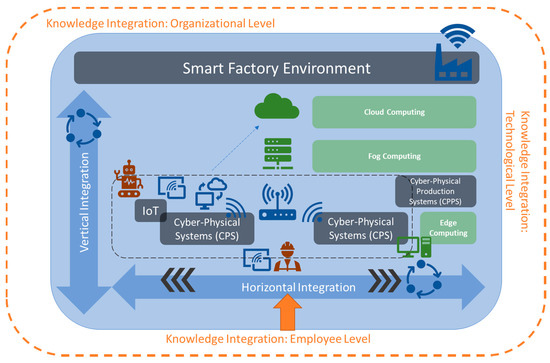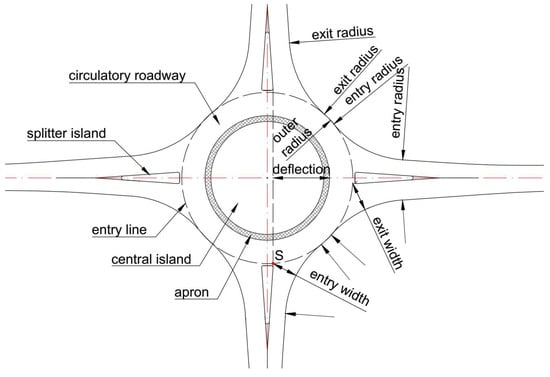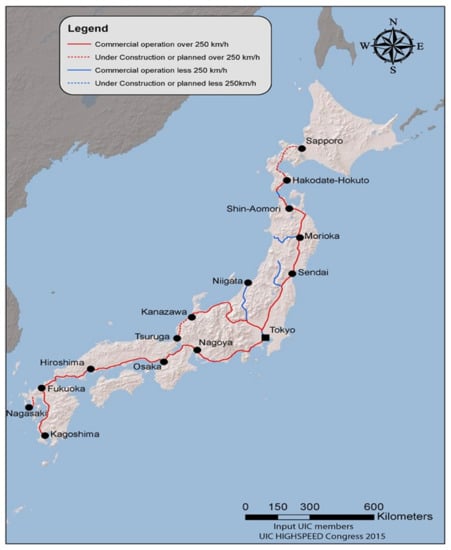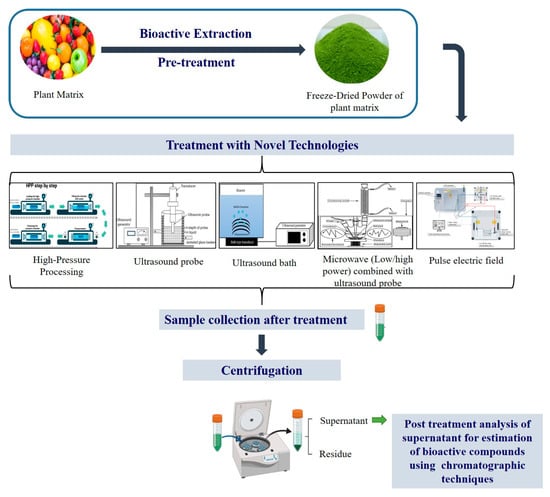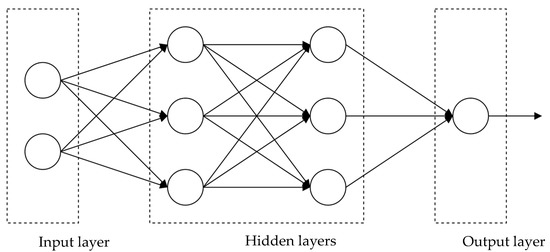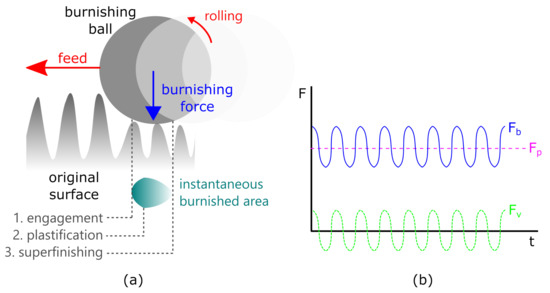Encyclopedia of Engineering
A topical collection in Encyclopedia (ISSN 2673-8392). This collection belongs to the section "Engineering".
Viewed by 571349Editors
Interests: one-dimensional models of thin-walled beams; static flexural-torsional elastic bifurcations; dynamic bifurcations; non-linear elasticity; non-local elasticity; models of damaged beams; models of curved beams; models of plates and shells; structural elements with variable material properties; history of mechanics and its epistemological foundations; teaching of mechanics
Special Issues, Collections and Topics in MDPI journals
Interests: applied mathematics; linear and non-linear mechanics of composite structures at macro, micro, and nano scale; non-local continuum mechanics; smart materials and structures; composite materials
Special Issues, Collections and Topics in MDPI journals
Interests: computational fluid dynamics (CFD); computational magnetohydrodynamics (MHD); electromagnetics; computational aeroacoustics; multidisciplinary design and optimization; rarefied gas dynamics and hypersonic flows; bio-fluid dynamics; flow and flight control
Special Issues, Collections and Topics in MDPI journals
Interests: advanced materials; nonlocal constitutive models; functionally graded materials; generalized continua; beams, plates and shells; MEMS and NEMS
Special Issues, Collections and Topics in MDPI journals
Topical Collection Information
Dear Colleagues,
In ancient times, Engineering Science was considered to be an art and led civilization and innovation for the progress of humanity. Machines and structures have been designed and built up thanks to applications of technical methodologies conceived by engineers. Aerospace, chemical, civil, electrical, and mechanical disciplines are the main branches of Engineering which thereby signify it has, nowadays, reached the status of being a multidisciplinary science.
This book is intended to provide a first collection of entries falling within the following topics:
(1) History of Mechanics – Editor: Giuseppe Ruta
(2) Civil Engineering – Editor: Raffaele Barretta
(3) Mechanical and Aerospace Engineering – Editor: Ramesh Agarwal
(4) Nanoengineering – Editor: Krzysztof Kamil Zur
A second book of Encyclopedia will subsequently be announced to complement the topical collection of Engineering outlined above.
Prof. Dr. Raffaele Barretta
Prof. Dr. Ramesh Agarwal
Prof. Dr. Krzysztof Kamil Żur
Prof. Dr. Giuseppe Ruta
Collection Editors
Manuscript Submission Information
Manuscripts should be submitted online at www.mdpi.com by registering and logging in to this website. Once you are registered, click here to go to the submission form. Manuscripts can be submitted until the deadline. All submissions that pass pre-check are peer-reviewed. Accepted papers will be published continuously in the journal (as soon as accepted) and will be listed together on the collection website. Research articles, review articles as well as short communications are invited. For planned papers, a title and short abstract (about 250 words) can be sent to the Editorial Office for assessment.
Submitted manuscripts should not have been published previously, nor be under consideration for publication elsewhere (except conference proceedings papers). All manuscripts are thoroughly refereed through a single-blind peer-review process. A guide for authors and other relevant information for submission of manuscripts is available on the Instructions for Authors page. Encyclopedia is an international peer-reviewed open access monthly journal published by MDPI.
Please visit the Instructions for Authors page before submitting a manuscript. The Article Processing Charge (APC) for publication in this open access journal is 1000 CHF (Swiss Francs). Submitted papers should be well formatted and use good English. Authors may use MDPI's English editing service prior to publication or during author revisions.













